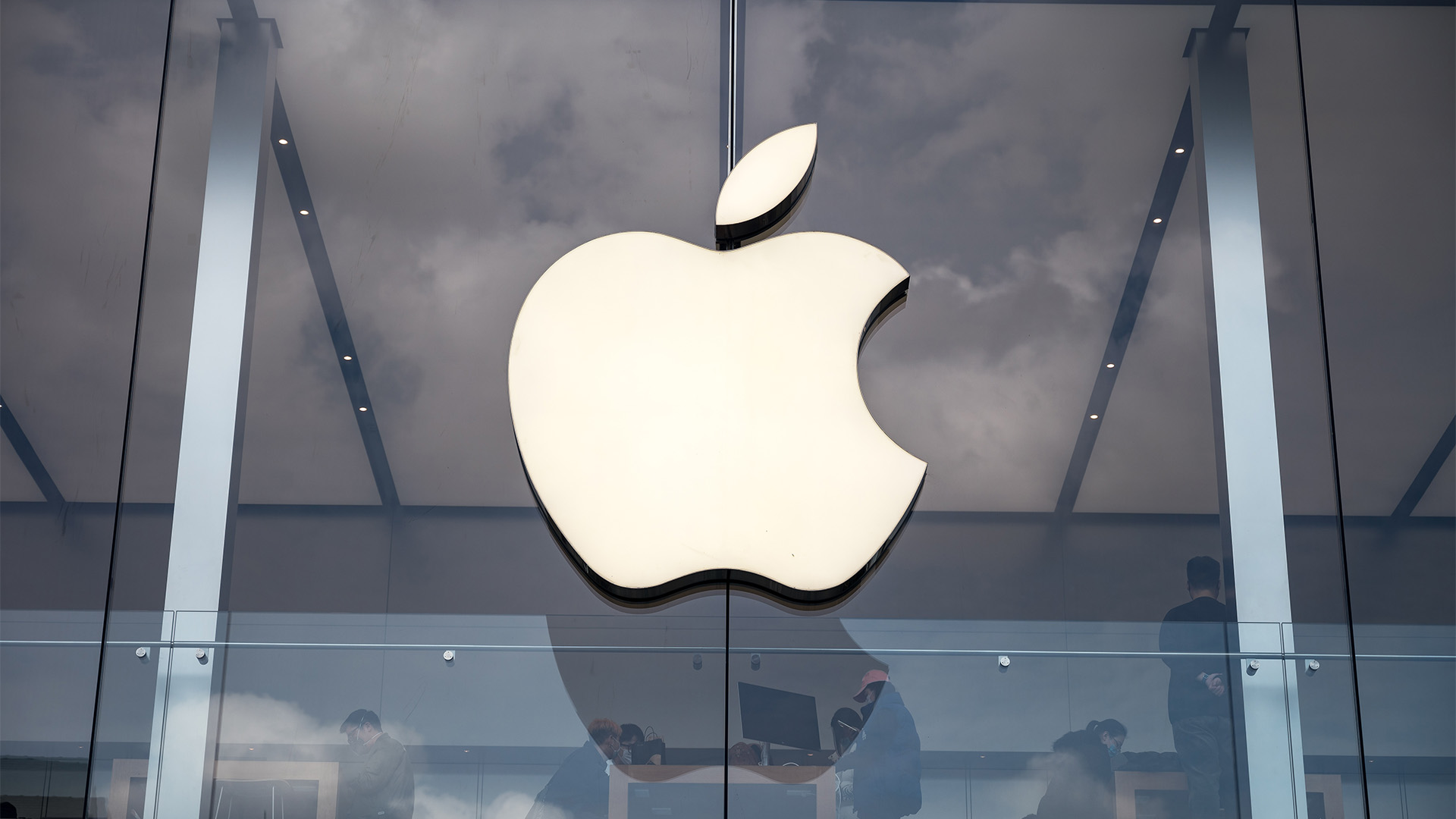The dream lives on – that is the dream of a rate cut in Britain. June is now out, as Wednesday saw UK consumer inflation coming in lower but stronger than forecast for April. But the calling of a general election for July 4 means no rate move at all before the poll, and the firmer inflation reading will support that view.
And to cement that view across the Atlantic, later on Wednesday, the minutes of the Fed meeting at the start of the month that left rates unchanged surprised with an extensive discussion about why inflation has ticked higher in 2024, which ended all the optimistic talk about a “Rate Cut Looms”.
The Fed’s minutes saw Wall Street fall sharply, with gold, oil, and copper falling as well. Gold fell more than 1.8%, silver was off over 5%, and copper lost nearly 6%. US bond yields edged higher, the US dollar firmed, and the Aussie fell back towards 66 US cents.
But the booming result from chipmaker Nvidia will offset the return of the gloom on rates. The UK CPI fell to an annual 2.3% in April, Britain's Office for National Statistics said Wednesday, down from 3.2% in March and the first time inflation has been below 3% since July 2021. But the forecast was for 2.1%, and some idle dreamers had been wishing for a print under the Bank of England’s 2% target.
Britain's core inflation rate, excluding volatile items like energy and food, remains high at 3.9%, slightly down from 4.2% in March. So up went the pound, and the tip was now August or September, with the Bank of England expected to leave its key rate steady at 5.25% in June, with the next meeting on August 1. But the calling of the general election for early July means everything is put on hold.
So that clears the way for the European Central Bank to decide on a rate cut and when. May inflation is due late next week. Eurozone inflation was 2.4% in April with a forecast for 2.5%, and should that eventuate, the ECB won’t be cutting rates in the northern summer with meetings in June and July and then a break to September. No rate cut for the UK and EU would leave Switzerland and Sweden as the cutters.
And then the Fed minutes came out late in the session and helped explain why this week’s blizzard to speakers from the central bank was so shy about the prospects of a rate cut and concerned about still too-high inflation.
"Participants observed that while inflation had eased over the past year, in recent months, there had been a lack of further progress toward the Committee’s 2 percent objective,” the minutes said and went on to add, “Various participants mentioned a willingness to tighten policy further should risks to inflation materialize in a way that such an action became appropriate.”
“Participants assessed that maintaining the current target range for the federal funds rate at this meeting was supported by inter-meeting data indicating continued solid economic growth,” the minutes said. Fed members highlighted what they saw as several upside risks to inflation, particularly from geopolitical events, and noted the pressure that inflation was having on consumers, particularly those on the lower end of the wage scale.
"Some participants said the early-year increase in inflation could have come from seasonal distortions, though others argued that the “broad-based” nature of the moves means they shouldn’t be “overly discounted.” Committee members also expressed worry that consumers were resorting to riskier forms of financing to make ends meet as inflation pressures persist.
“Many participants noted signs that the finances of low- and moderate-income households were increasingly coming under pressure, which these participants saw as a downside risk to the outlook for consumption,” the minutes said. “They pointed to increased usage of credit cards and buy-now-pay-later services, as well as increased delinquency rates for some types of consumer loans.” So the timing of a US rate cut is now up in the air (though that will change if the next inflation reading late next week shows any signs of easing).














